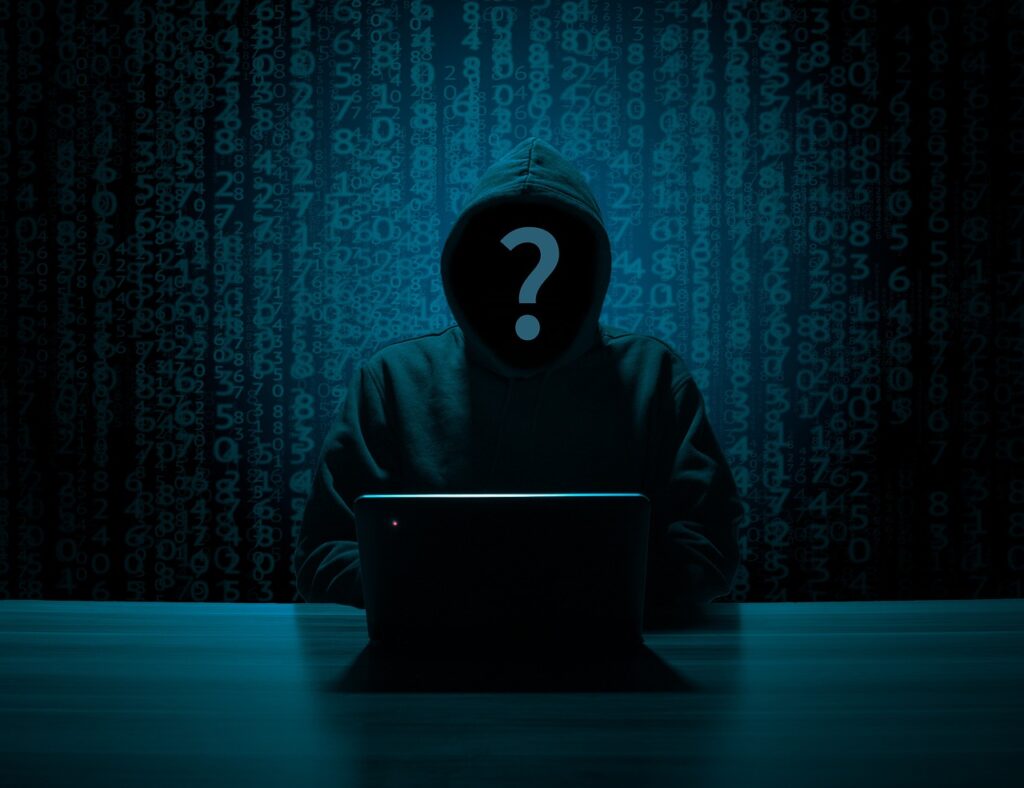Artificial intelligence and cybersecurity: Protecting our systems and data

Artificial intelligence (AI) and cybersecurity are two of the most rapidly advancing fields in technology today, and they are increasingly intersecting in important ways. As AI continues to improve and become more widely adopted, it is also being used to enhance cybersecurity and protect against cyber threats.
One key area where AI is being used in cybersecurity is in the field of threat detection. By analyzing large amounts of data and identifying patterns and anomalies, AI algorithms can detect potential threats that a human analyst might miss. This includes things like malware, phishing attempts, and other forms of cyber attack.
Another area where AI is being used in cybersecurity is in the field of intrusion detection. By analyzing network traffic and identifying patterns of behavior, AI algorithms can detect when an attacker is attempting to gain unauthorized access to a system. This can include things like guessing passwords or exploiting vulnerabilities in software.
Machine learning, a subset of AI, also plays a role in cybersecurity. Machine learning algorithms can be trained on large amounts of data, such as network logs and security events, to identify patterns and anomalies that indicate an attack. This allows machine learning models to detect even previously unknown threats, known as zero-day attacks.
AI is also being used to improve the field of natural language processing (NLP) and computer vision, which are critical to protecting against phishing attacks and other forms of social engineering. By analyzing large amounts of text and image data, AI algorithms can identify patterns and anomalies that indicate when an attacker is attempting to trick a user into providing sensitive information.
Another area where AI and cybersecurity intersect is in the field of blockchain technology. Blockchain, is a decentralized and distributed digital ledger that is used to record transactions across many computers. The use of blockchain technology in cybersecurity can be used to secure and validate data and transactions. In addition, smart contracts, which are self-executing contracts with the terms of the agreement written into lines of code, can be used to automate security protocols and improve overall security.
In conclusion, AI and cybersecurity are two fields that are closely related and continue to evolve together. As AI improves and becomes more widely adopted, it will play an increasingly important role in protecting our systems and data from cyber threats. It is important to continue investing in research and development in these areas in order to stay ahead of the ever-evolving landscape of cyber threats.